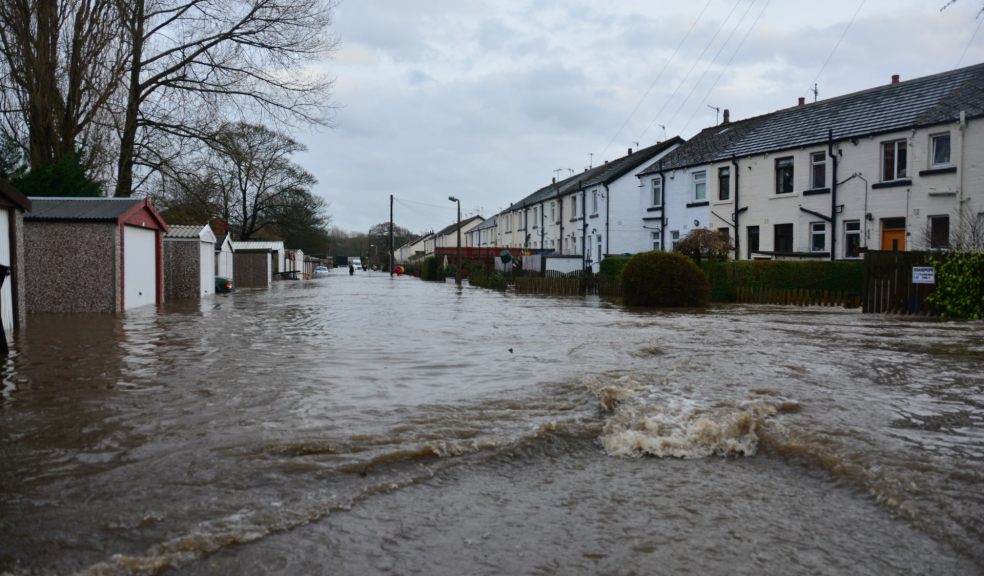
Handy pointers when you’ve dealt with a flood in your home
Find some tips and tricks to help you deal with a really challenging situation.
Sometimes, no matter how well you prepare your home for harsher weather, flooding can occur.
If you have had a minor amount of flooding in your home from a leak, or some bad weather, the chances are you don’t have to leave the property. You do, however, still have some steps to take to deal with what has happened in your home. Let’s take a look at some handy pointers to help you with this challenging situation:
Safety First
Even if you have not had to leave your property, when there is water involved, you have to ensure you’re safe to be there. This is especially true in relation to leaks and your electricity. Do have your home checked to ensure it is safe before you do anything else.
Speak To Your Insurance Company
It is important to know where you stand when it comes to damage to your home. If you need to document damage, you should do this before completing any repairs.
Remove Wet Contents Right Away
Any wet items should be taken out of the house and disposed of, or cleaned and dried. They should not be put back in the house until the house is ready and they are fully dry.
Protect Dry Items From Further Damage
If a leak or flooding is likely to continue, consider removing the dry items and placing them into affordable self storage. This will stop them getting damaged by any further leakage. Inexpensive self storage will also remain handy during this time if the house has to be renovated or redecorated, as it is affordable and contracts are flexible.
Ventilate
It is important to ventilate a damp home so that the water can escape. If you trap the moisture in the house will be prone to damp and mould, which will cause further damage to the house. Keep those windows open, and if safe, open the doors too. This will help air to flow through the house. Fans in each room may also help with this process.
Use Dehumidifying Tools
Utilise dehumidifying products to suck excess moisture out of the air and catch it. You can make your own at home from certain easy-to-buy materials, helping to further dry out the home and reduce the chance of mould and mildew.
Act On Mould Right Away
Mould and mildew that does develop should be treated right away. If you wipe it down as you see it, that helps avoid it staining the surfaces.
Make Sure The Home Is Dry Before Replacing Furniture
Before you get your items out of cheap self storage and place them back in the home you should ensure that your home is totally dry. This includes the flooring, the walls, existing furniture and soft furnishings. It doesn’t take much moisture for damp, mould and mildew to spread. It is better to take your time letting an empty home dry out, than prematurely refilling it and damaging your dry belongings.
Flooding in the home can be so challenging, and even traumatic if it happens suddenly. By putting safety first, and taking your time to return your home back to a fully dry state, you will be able to recover from this incident and return back to normal again.













